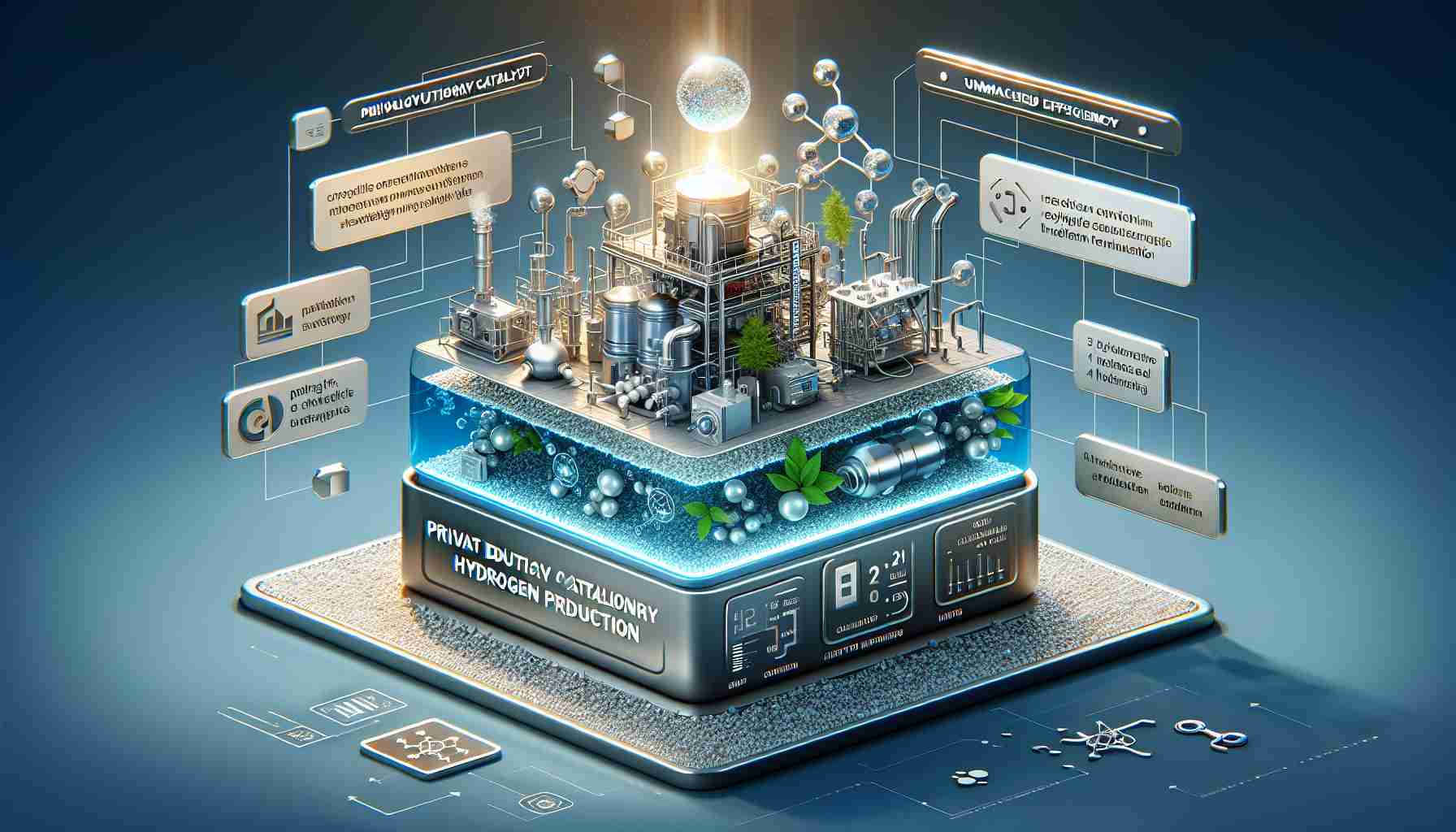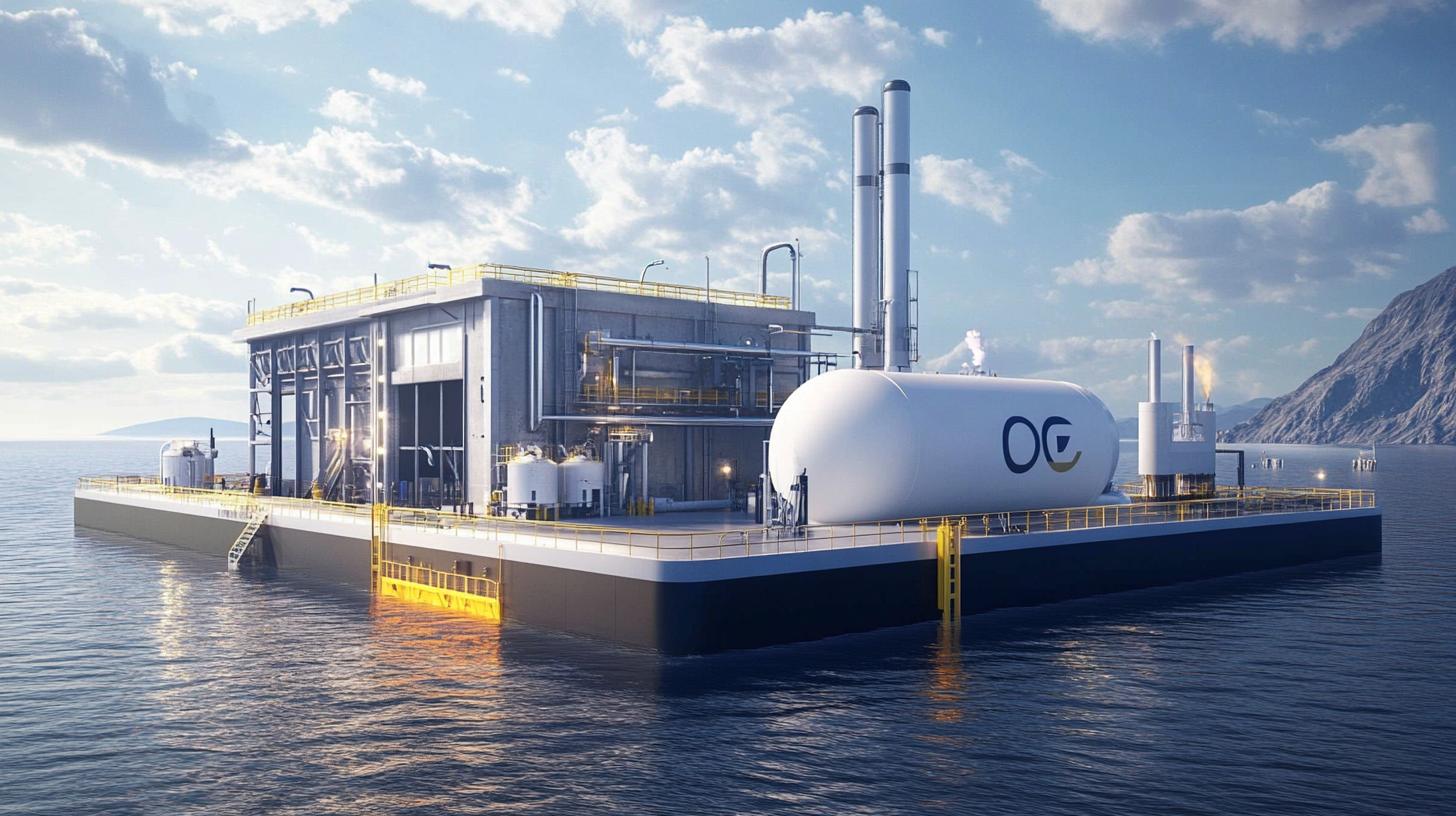Introduction
Innovative advancements in supported nanocatalysts are paving the way for enhanced hydrogen production methods. A new catalyst, Pt@anatase&rutile-TiO2, has been engineered to optimize performance by employing a unique strong-weak dual interface. This groundbreaking design was achieved through high-energy ball milling and in-situ reduction to manipulate surface energies effectively.
In experimental validations combined with density functional theory calculations, it was discovered that the strong interface formed between Pt and anatase TiO2 significantly boosts hydrogen atom adsorption. Conversely, the weak interface with rutile TiO2 promotes hydrogen desorption, ensuring that platinum nanoparticles do not cluster while simultaneously speeding up reaction rates.
This dual interface strategy has led to remarkable results; the catalyst exhibits an overpotential of just 529.3 mV at a current density of 1000 mA/cm² in a 0.5 M H2SO4 solution—this is 69% less than the traditional Pt/C catalyst. Moreover, its mass activity is an impressive 8.8 times that of commercial alternatives, showcasing not only high efficiency but also substantial stability after 2000 cycles of cyclic voltammetry.
The findings highlight the potential of the Pt@anatase&rutile-TiO2 catalyst for applications in water splitting and proton exchange membrane electrolyzers, marking a significant advancement in the quest for efficient hydrogen production technologies.
The Future of Hydrogen Production: Economic and Environmental Implications
The development of advanced nanocatalysts like Pt@anatase&rutile-TiO2 signifies more than just a leap in technology; it heralds a transformation in the global energy landscape. As economies grapple with the urgent need for sustainable energy solutions, enhanced hydrogen production methods may offer a critical pathway toward decarbonization. Hydrogen fuel significantly outpaces traditional fossil fuels in terms of clean energy potential, which could directly influence energy costs on a worldwide stage.
Furthermore, the extended lifespan and high efficiency of the new catalyst indicate a shift toward more sustainable manufacturing processes. With a mass activity that outstrips current commercial options, there lies a promise of lower operational costs for industries reliant on hydrogen, potentially resulting in a reduction of greenhouse gas emissions across sectors. Considering hydrogen’s role in various applications—from fuel cells in vehicles to industrial processes—these advancements could impact global competitiveness among nations striving to lead in clean energy technology.
Looking forward, the integration of such cutting-edge catalysts signifies not only a boon for energy efficiency but also a reflection of society’s increasing commitment to environmental stewardship. As these technologies become mainstream, we can expect a broader cultural shift toward embracing renewable energy solutions, inviting innovation that could redefine our approach to energy consumption and sustainability for generations to come.
Revolutionizing Hydrogen Production: The Future of Catalytics with Pt@anatase&rutile-TiO2
Introduction
Innovative advancements in supported nanocatalysts are pushing the boundaries of hydrogen production methods. The newly engineered catalyst, Pt@anatase&rutile-TiO2, employs a strong-weak dual interface to optimize performance, representing a breakthrough in catalytic technologies.
Features of Pt@anatase&rutile-TiO2 Catalyst
The design of Pt@anatase&rutile-TiO2 leverages high-energy ball milling and in-situ reduction techniques. This meticulous engineering allows for the manipulation of surface energies, resulting in a unique dual interface that plays a critical role in hydrogen production. The catalyst’s strong interface with anatase TiO2 enhances hydrogen atom adsorption, leading to improved efficiency, while the weak interface with rutile TiO2 enables effective hydrogen desorption.
Performance Metrics
Experimental validations have shown that Pt@anatase&rutile-TiO2 significantly outperforms traditional catalysts. With an overpotential of merely 529.3 mV at a current density of 1000 mA/cm² in a 0.5 M H2SO4 solution, it demonstrates a reduction of 69% compared to conventional Pt/C catalysts. Furthermore, its mass activity surpasses that of commercial alternatives by a factor of 8.8, indicating exceptional efficiency. The durability of the catalyst is underscored by its stability over 2000 cycles of cyclic voltammetry, marking a significant milestone in catalyst longevity.
Use Cases and Applications
The practical applications of the Pt@anatase&rutile-TiO2 catalyst extend to various hydrogen production methods, including:
1. Water Splitting: The catalyst’s robust performance can enhance the efficiency of electrolysis processes, vital for clean hydrogen production.
2. Proton Exchange Membrane Electrolyzers: Its stability and efficiency make it suitable for use in PEM electrolyzers, which are key to advancing fuel cell technology.
Pros and Cons
Pros:
– Enhanced efficiency in hydrogen production.
– Significant reduction in overpotential compared to conventional catalysts.
– High stability across extensive cycling, ensuring longevity of performance.
Cons:
– Development and manufacturing costs of advanced catalysts can be high.
– Limited scalability may pose challenges for widespread implementation.
Market Trends and Innovations
The push for sustainable energy solutions is driving innovation in catalyst design. The development of the Pt@anatase&rutile-TiO2 catalyst comes amid a growing interest in clean energy technologies, particularly as nations seek to reduce carbon emissions. Insights from ongoing research indicate a trend toward more efficient, durable catalysts that can be integrated into existing hydrogen production frameworks.
Sustainability Aspects and Predictions
As the demand for hydrogen as a clean energy source continues to rise, the importance of innovative catalysts like Pt@anatase&rutile-TiO2 will become increasingly significant. Predictions suggest that with continuous improvements in catalytic technologies, the hydrogen economy could become more viable within the next decade, significantly impacting energy production and environmental sustainability.
For more information on the latest advancements and research in hydrogen production technologies, visit Nanotechnology World.













